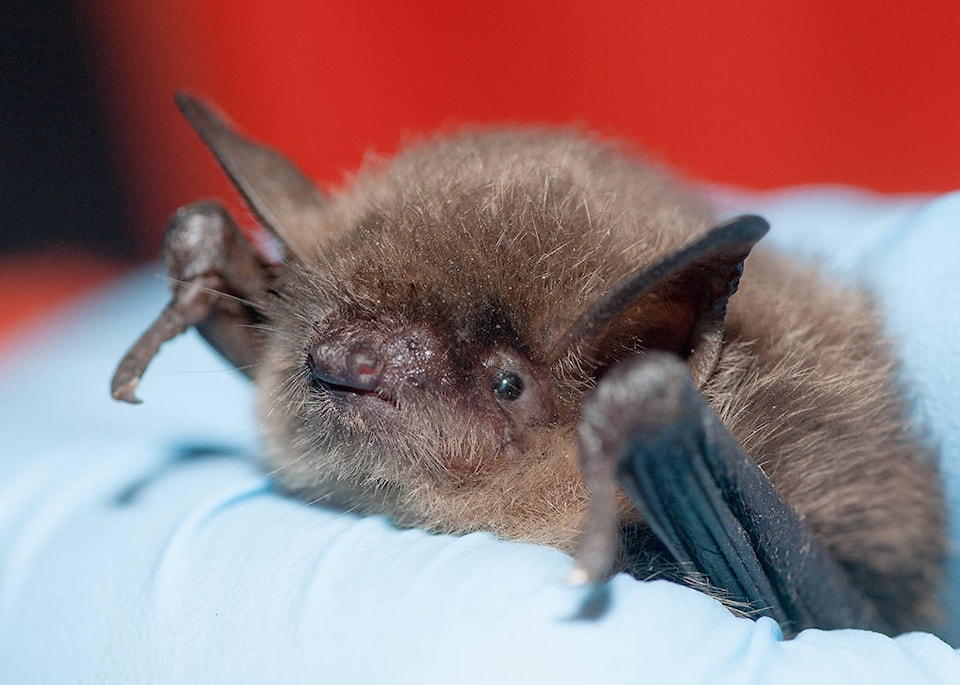The Kootenay Community Bat Project (KCBP) is asking for the help of Elk Valley residents in reporting bat sightings and deaths.
According to the KCBP, bats in British Columbia are threatened by a devastating disease called white-nose syndrome (WNS) and public input and assistance can help to track the spread of disease throughout the region.
White-nose syndrome is a fungal disease that is responsible for the death of millions of bats in eastern North America. Unfortunately, according to the KCPB, the disease is beginning to spread on the west coast as well. The group reported confirmed cases to the east and west of the Cascade Mountains in Washington state, only 150 kilometres south of the United States border. With a mortality rate of nearly 100 per cent for bats, the KCPB called the presence of the fungus “very worrisome for the health of our bat populations.”
“Detection of WNS in B.C. is challenging because our bats appear to hibernate in small groups across the province,” said Leigh Anne Isaac, coordinating biologist with the KCPB. “To monitor the spread of the disease, we need more eyes on the ground. Outdoor enthusiasts and homeowners with roosts on their property may be the first to find evidence of trouble.”
Signs of the disease, which has no affect on humans, include unusual bat activity in the winter time or the appearance of dead bats in the outdoors. The KCPB explained that generally speaking, bats are hibernating and out of sight at this time of year and sightings could mean that the bats are in distress. That being said, not every winter bat sighting is a sign of disaster or of WNS. Healthy bats are occasionally spotted flying around on warm winter evenings or days. They may even wake up from hibernation to drink or eat if there are insects active in the area.
“We are encouraging the public to report dead bats or any sightings of winter bat activity to the KCBP toll free phone number, website or email. Bat carcasses will be submitted for testing for white-nose syndrome and would provide the earliest indication of the presence of the disease in B.C.,” said Isaac.
Residents are reminded to report the sighting, but to never touch a bat with their bare hands. If you come across a sleeping bat, it is imperative that the bat be left alone and that humans keep their distance.
Currently there are no treatments for WNS. However, the KCPB noted that there are other ways of mitigating threats to the bat population in B.C.
“Mitigating other threats to bat populations and preserving and restoring bat habitat may provide bat populations with the resilience to rebound. This is where the KCPB and the general public can help,” the group said in a press release on February 5.
To contact the Kootenay Community Bat Project about a bat sighting or death, email kootenay@bcbats.ca, call 1-855-922-2287, or visit their website at Bcbats.ca.
editor@thefreepress.ca
Like us on Facebook and follow us on Twitter
